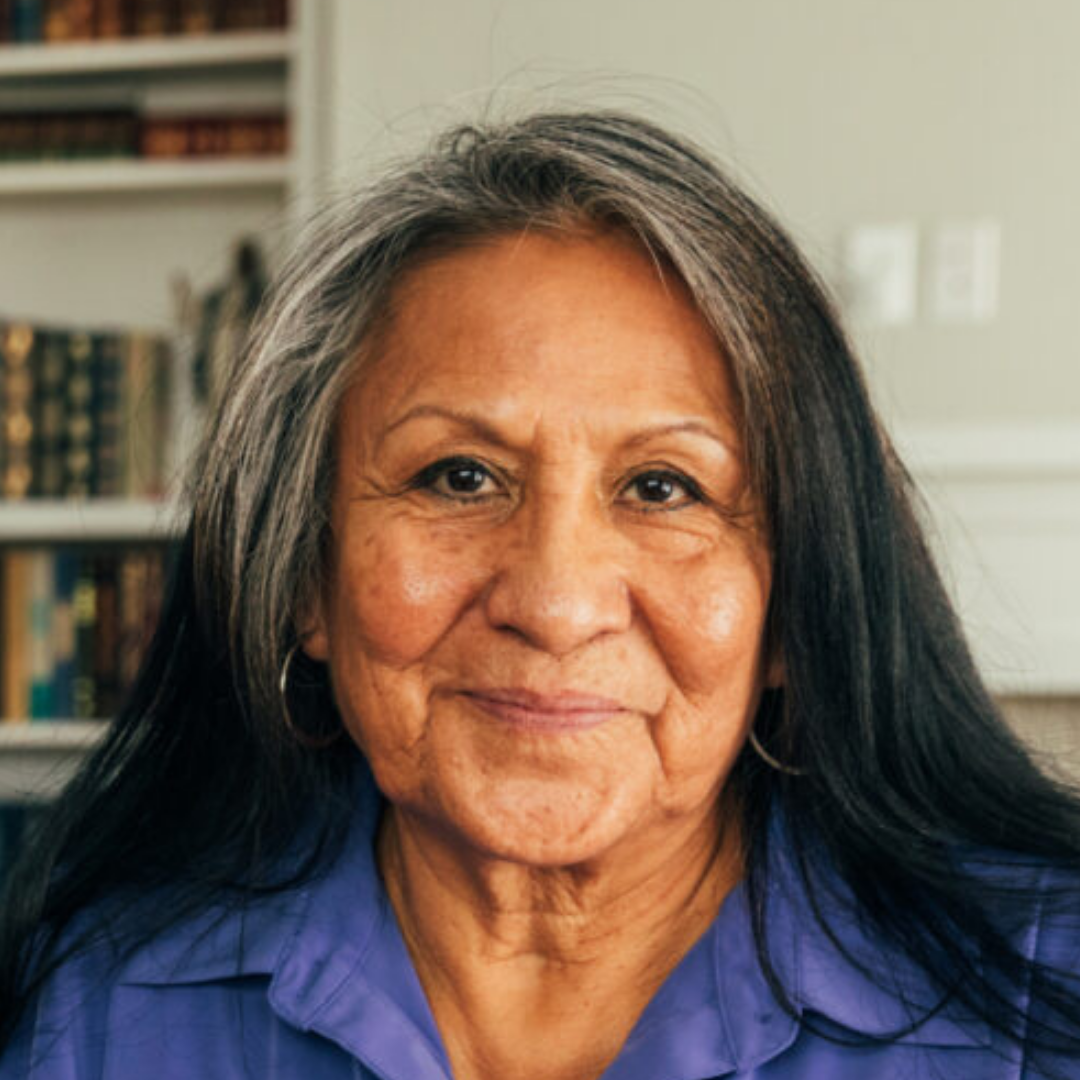Canadian Strategy for Cancer Control
An ambitious 10-year action plan to achieve equitable access to quality cancer care in Canada and ensure a sustainable system for the future
Eight priorities for the cancer system in Canada
See the list of priorities and actions
View prioritiesHow is my province or territory doing?
View your jurisdiction's progress towards the cancer strategy priorities
View progressHow is the Strategy helping me and those I care about?

Taking action to eliminate cervical cancer
HPV vaccination and screening will help Canada eliminate cervical cancer
Learn more Taking action to eliminate cervical cancer
Implementing lung cancer screening programs
New screening programs across the country will reduce lung cancer deaths
Learn more Implementing lung cancer screening programs
Helping patients with cancer to quit smoking
Smoking cessation support is an important part of cancer treatment
Learn more Helping patients with cancer to quit smoking
Developing the Peoples-specific, self-determined priorities and indicators
If it doesn’t get measured, it doesn’t get done
Learn more Developing the Peoples-specific, self-determined priorities and indicators